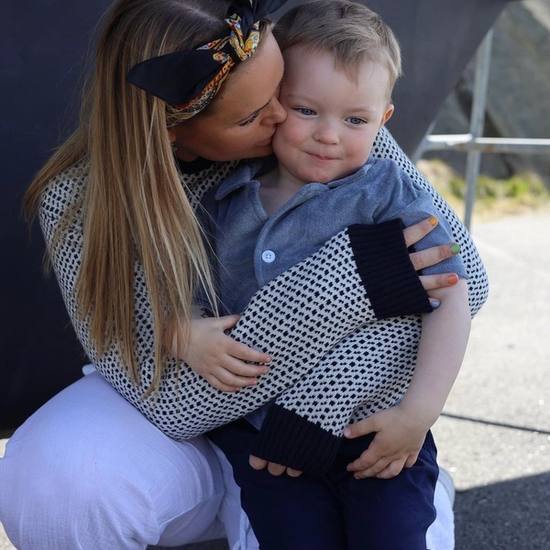

Some Laundry Tips
How to Wash Different Materials
We want your garments to be an investment that lasts over time, and part of this involves knowing how to care for them properly. Understanding how different materials should be treated in different ways is key to ensuring that the garments retain their quality. That’s why we’ve gathered a few tips on how to best clean and care for your garments in different materials!
Wool
You should wash wool garments very infrequently, as wool is a natural fiber that breathes on its own and helps regulate temperature. Wool is also naturally dirt-repellent. This means you rarely need to wash your wool garments, and airing them out is usually sufficient. If you get a stain, you can spot clean only the affected area. In fact, washing your wool garment once a year is often enough.
Machine wash
When you do need to wash your wool garment, it’s a good idea to start by removing any excess dirt that may have accumulated on the fabric. We then recommend using a laundry bag. Wash the garment at a low temperature, max 30°C, and with a wool cycle. Do not use fabric softener and avoid using a grease-cutting detergent. The reason you should avoid a grease-cutting detergent is that wool contains lanolin fat. Lanolin fat is naturally produced by the sheep and is what makes the garment dirt and moisture-repellent. Using a grease-cutting detergent can destroy these properties.
Hand wash
Fill a basin with lukewarm water, around 30°C, add some detergent, and let your wool garment soak for about 10-20 minutes. Then gently press out the water. If you notice that the water becomes very dirty, refill with fresh water. Once the garment is clean, rinse it with water to remove any remaining dirt and detergent. Afterward, lay the garment flat on a towel to air dry at room temperature, and avoid hanging it on a hanger as this can alter the garment's fit.
We recommend that you always wash your wool garments gently, preferably by hand. Machine washing with a wool cycle or on a low temperature setting works, but there is a risk that the machine could damage your garment through shrinking or felting.
Pilling
Soft wool qualities can pill. The pills form when the fibers work their way up from the yarn. Use a pilling comb or wool comb to brush away the pills. The comb has a metal part with small, dense spikes that remove the pills when you run it over the fabric. You can also remove pilling using an electric pilling remover. It effectively and gently removes lint and pills – just remember not to press too hard against the garment to avoid damaging it.
Cotton
Cotton is an easy-care material that is durable when wet and feels soft and comfortable against the body. Its properties feel cool on the skin, but cotton's characteristics also make the garment wrinkle easily and it may shrink when washed. Therefore, wash your cotton garments gently and always follow the care instructions on the label.
When it's time to wash your cotton garment, we recommend choosing a wash program that washes at 30-40°C, unless it’s home textiles or underwear, which require a stronger wash. Use detergent and avoid fabric softener. Once the garment is washed, you can shake it lightly to remove any wrinkles.
For drying, avoid tumble drying as it can damage the garment. When drying your cotton shirt, it's best to hang it on a hanger with the top button fastened.
Viscose
Viscose is a material that shrinks easily and is fragile when wet. Therefore, it is very important to wash your viscose garments gently. We recommend washing by hand or using a delicate cycle in the washing machine set to 30-40°C. To be extra sure that your garment won’t be damaged, turn it inside out. For drying, we recommend laying the garment flat or hanging it on a hanger to air dry at room temperature.
Friends who share our passion
We love getting to know new people, individuals who share our passion for the ocean, the coast, quality, craftsmanship, and design. And all the other magical things in life. Here you get to meet some of them, who, just like us, appreciate timeless and stylish design.




























































